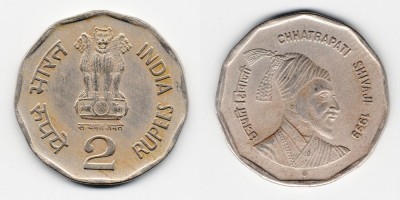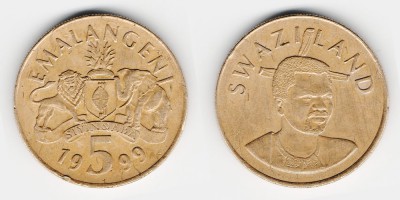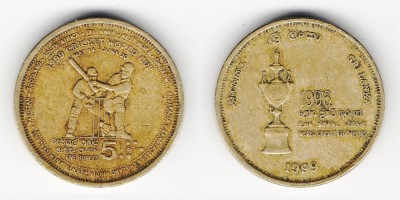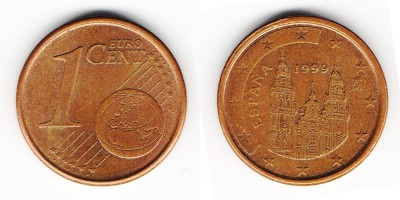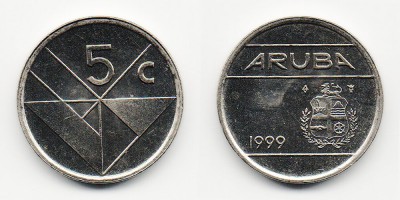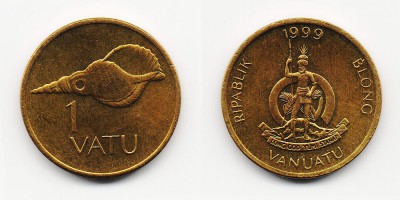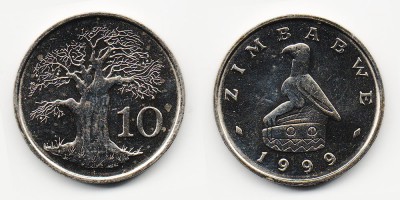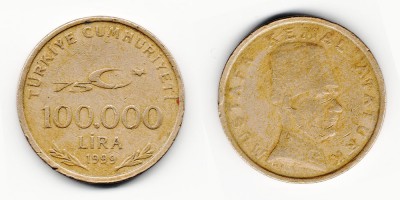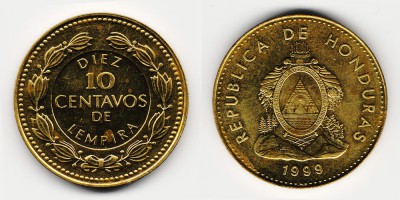At different periods of history, a collective image was minted on all French coins, which was a young French woman named Marianne. She was the personification of the French Republic, expressing the rebellious spirit of a generation. In 1999, coins of 1, 2 and 5 euro cents were issued in the country. On the obverse of these coins was placed the image of Marianna.
For the artist-designer Louis Oscar Roti in his work was a good year 1897. It was then that they were asked to place on the French coins the image of a girl sower, which was immortalized on coins of 10, 20 and 50 eurocents. Across the entire circumference of the coin are the stars of the European Union. For the manufacture of coins used Scandinavian alloy of copper, aluminum, zinc and tin.
In Hungary, a 100 forint coin was born. It was minted from an alloy consisting of copper, nickel and zinc.
In the Russian Federation today, the most desirable and expensive coin is 5 rubles of the 1999 issue.
Of particular interest is the fact that only one copy of the fiver, which was discovered in 2009, is officially known. Among the coin collectors, there are constant debates about this coin - after all, the mint, naturally, could not have released a product with a circulation of 1 piece. Today, the coin is estimated at more than 250 thousand rubles.
Do not give to forget about yourself and 2-ruble coins of issue last year of the 20th century. There are two types of coins. For those minted at the Moscow Mint, some of the products are special. This concerns the curl of a plant located very close to the edge of the coin's obverse.
A similar story applies to the coins of the St. Petersburg Mint. Here a rare coin is the one in which the curl of the plant is located as far as possible from Kant.
 Russian
Russian English
English Deutsch
Deutsch Spanish
Spanish Português
Português


